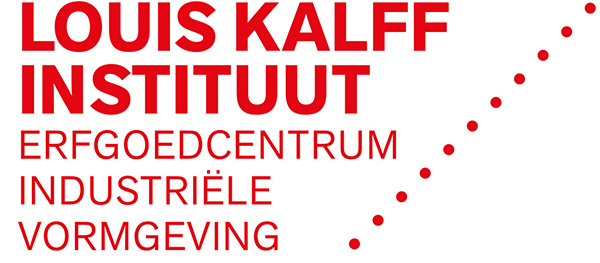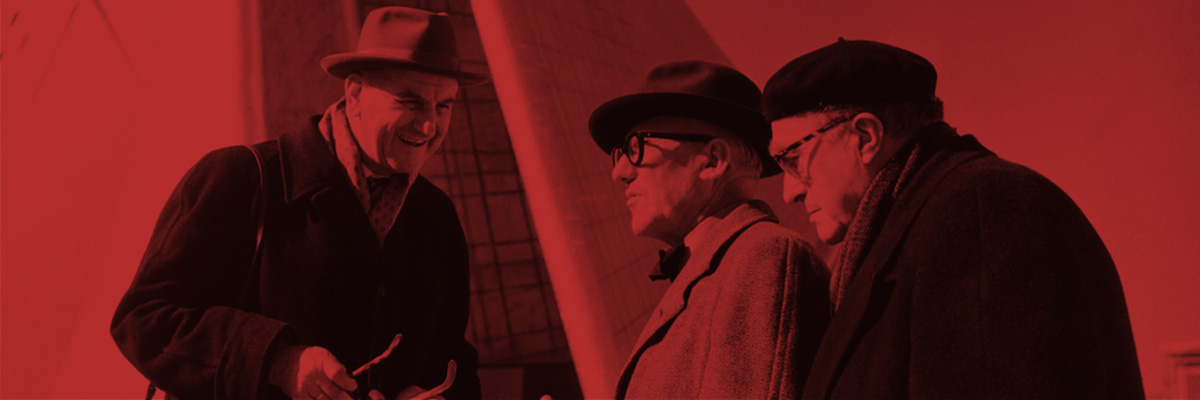Mart Stam (1899-1986), architect, designer, teacher. Stam was born in Purmerend as the son of a tax official. He went to school in Amsterdam and was educated as a furniture maker and an architectural illustrator. Stam was active in the Jongelieden Geheel Onthouders Bond and as a conscientious objector he was sentenced a half year in prison. He knew J.J.P. Oud and Jac. Jongert from his hometown Purmerend. He started his career at the architectural firm Granpré Molière, Verhagen and Kok in Rotterdam. Stam is known as a passionate person who was committed to new urban developments and functionalism. When he became the director of the Institute for Applied Arts Education (IvKNO) in 1939, the editors of De 8 en Opbouw said he was ‘a hard worker, a good companion in collective work’, who has a ‘driving and compelling force’.
He spent much of his time working and writing abroad, including Switzerland, Germany and Russia. Because of that he had a mediative function for the Netherlands. He designed houses for the famous Werkbund exhibition of 1927 in Stuttgart, and the prototype for the steel-tubing cantilever chair. He worked at the architectural firm Brinkman and Van der Vlugt for some time, after which he joined the New Frankfurt housing project. Stam taught at Bauhaus (1928-1930) and went to Russia in 1930. He returned in 1934 and focused his attention on furniture design.
He was appointed director of the Institute for Applied Arts Education (IvKNO) with the help of his friend W. Sandberg, a position he held from 1939 to 1948. He attempted to transform the school according to the Bauhaus model, for instance by appointing J. Niegeman and later Grethe Neter as teachers. After the Second World War, he played a role in GKf (Association of Practitioners of Applied Arts) and Goed Wonen (‘Quality Living’). He went to East Germany, where he was the director of the academies in Dresden and Berlin until 1952. Subsequently, he stayed in the Netherlands until 1966. After that he lived as a hermit in Switzerland with his wife Olga Heller, who is said to have been very religious. The many relocations together with his shyness gave rise to mystification around Stam as an individual. The image of the energetic figure acquired a counterpart, namely that of the disillusioned one. Whether his seclusion, in addition to a religious background, has any political grounding (East Germany) is unclear.
In his writings, which often have a militant tone, Stam constantly advocates the humane and humanistic aspect of design. In addition to the magazine ABC, which he has co-founded and edited, he also contributed to other foreign magazines. In the Netherlands he wrote for i10, De 8 en Opbouw, De Groene Amsterdammer, Open Oog, De Vrije Katheder and Goed Wonen.
The Dutch version of this biography is taken from the book Visies op vormgeving, het Nederlandse ontwerpen in teksten deel 2: 1940-2000 (2008) by Frederike Huygen. The following sources have been used for this biography:
– Boot, C. ‘Mart Stam Dessau-Amsterdam. Kunstnijverheidsonderwijs als aanzet voor een menselijke omgeving’, Wonen TA/BK 11 (1982) June, pp. 10-16.
– Rümmele, S. ‘Mart Stam’, Zürich/München 1991.
– Bergeijk, H. van, Máčel, O. ‘We vragen de kunstenaars kind te zijn van zijn eigen tijd’. Teksten van Mart Stam, Nijmegen 1999.

